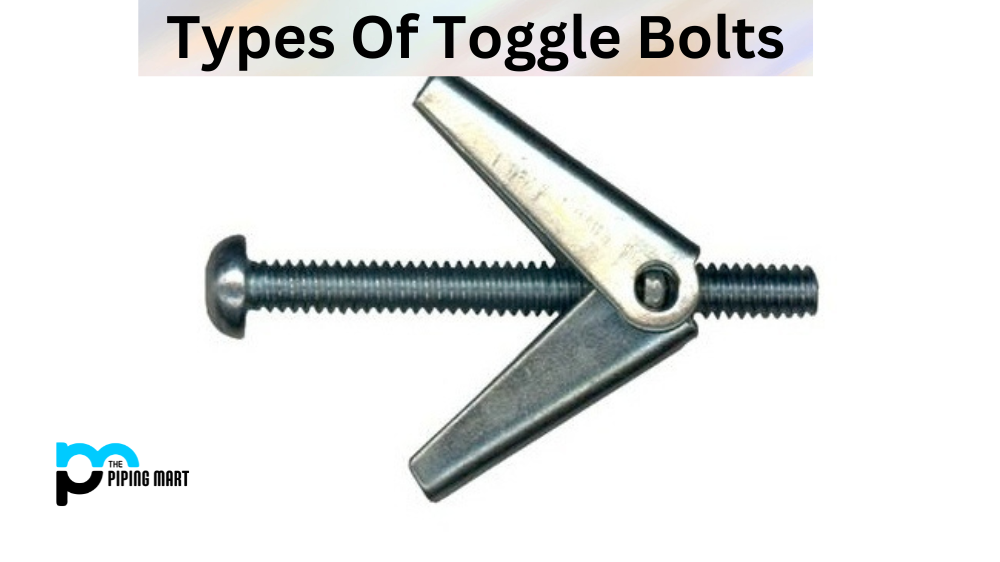When it comes to modern construction, having the right tools and materials can make all the difference. The world of concrete anchoring systems can be overwhelming, and it can be especially tough to choose between two great options, Trubolt and Chemset. These materials are used for anchoring fixtures and fitting onto different surfaces, and they have distinct advantages. In this article, we will compare Trubolt and Chemset to help you determine which is best for your project.
What is Trubolt?
The Trubolt system utilizes the wedge anchor design, which uses a tapered design to create a wedge that expands when inserted into concrete. This anchoring mechanism distributes the load across a wider area and holds up well under heavy loads—making Trubolt an excellent choice for commercial and industrial projects.
One of Trubolt’s unique features is its multi-chamber clip, which provides consistent and reliable expansion for a higher degree of accuracy for anchoring and additional stability. Additionally, Trubolt offers a variety of finishes, such as hot-dip galvanized, zinc-plated, and stainless steel, ensuring the anchor will never rust.
What is Chemset?
Chemset is another popular anchoring system used in construction. Unlike Trubolt, which relies on mechanical force, the Chemset system is chemical based. Chemset epoxy allows users to anchor to other surfaces besides concrete, such as marble, brick, or stone, making it a more versatile option.
Chemset is known for its high adhesive strength, making it ideal for heavy-duty anchoring projects. The epoxy is applied to the hole and then tightened with a threaded rod or bolt. The two components mix together and then harden, filling the borehole and making a solid bond between the fixture and the surface.
Difference Between Trubolt and Chemset
Which one is best?
Trubolt and Chemset have their unique advantages, and the choice ultimately comes down to the type of project they will be used for. Trubolt has a more significant expansion capacity, which can handle more significant loads. In contrast, Chemset is better suited for mechanical components like rebar and dowels for medium to large-scale construction and retrofitting projects.
Trubolt is the best choice over Chemset if you need a rust-resistant option. On the other hand, Chemset is the ideal option for surfaces like sandstone, granite, and marble, where Trubolt can have trouble with insertion.
Installation Process
When it comes to installation, Trubolt has a faster and more straightforward procedure, whereas Chemset requires the components to be mixed together and prepared before installation. It is a good idea to check the manufacturer’s guidelines on installation procedures to ensure that the process adheres to safety standards.
Key Takeaways
- Trubolt and Chemset are both great options for anchoring fixtures and fittings.
- Trubolt is better suited for heavy-duty projects, while Chemset is better suited for medium to large-scale construction and retrofitting projects.
- The choice between Trubolt and Chemset ultimately depends on the project’s needs and the surface you are anchoring onto.
- It is essential to carefully follow the manufacturer’s guidelines for installation to guarantee maximum safety.
Conclusion
When choosing between Trubolt and Chemset, there is no one-size-fits-all solution. Ultimately, you will need to evaluate your project’s unique requirements and surfaces to decide which solution you should choose. However, Trubolt and Chemset offer different advantages well-suited for particular applications. By considering the overall strength required, the surface material, and the safety guidelines provided by the manufacturer, you can decide which anchoring method will work best for your construction project.
Sakshee is a talented blogger, with a particular focus on the Business and Metal Industry. She is passionate about sharing her insights on various metal products and helping professionals to make a better decisions.



